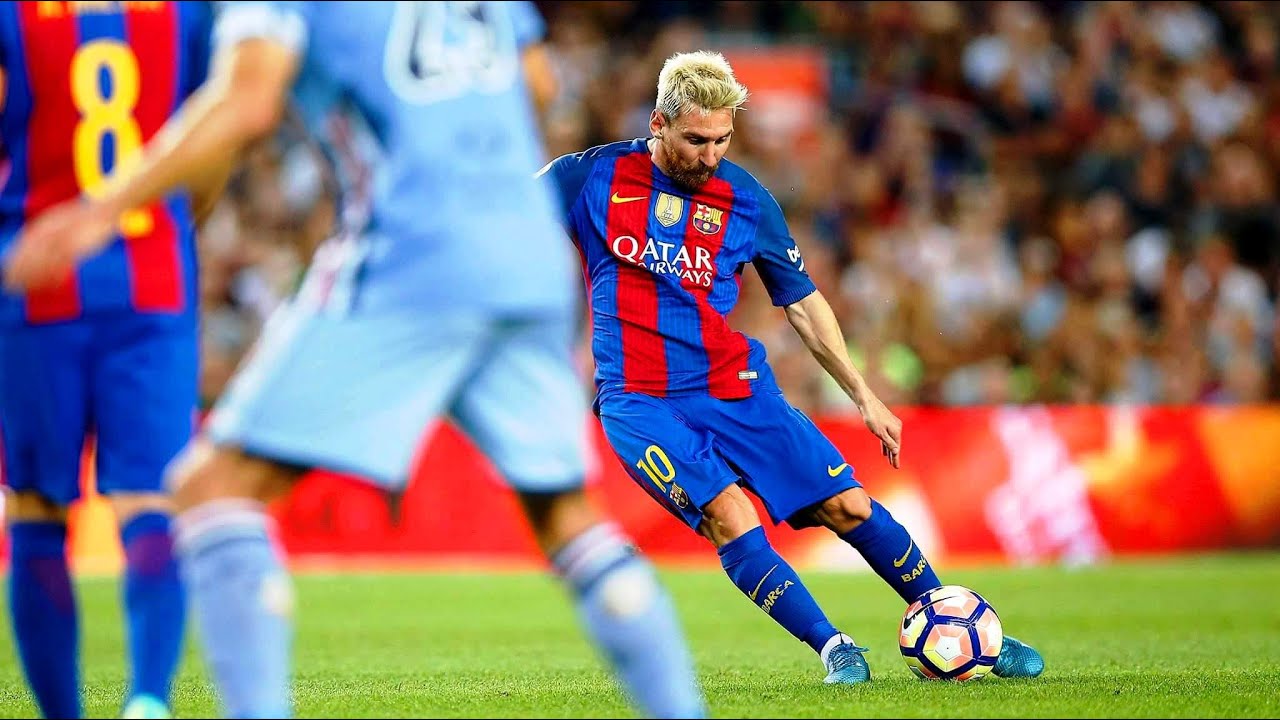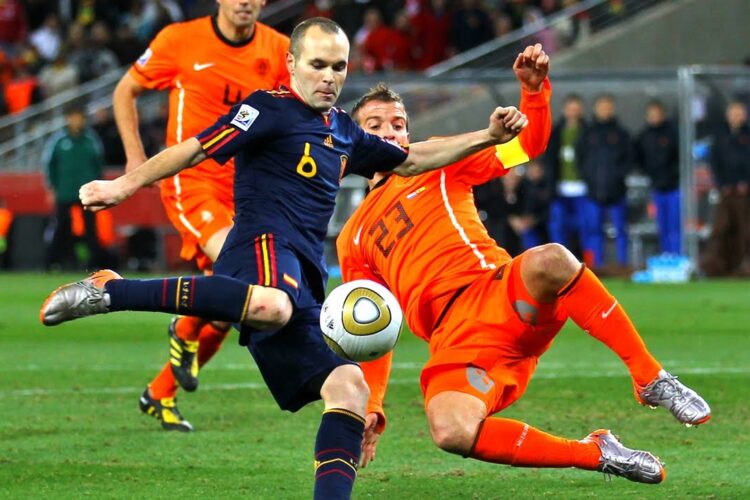Soccer is a fast-paced action sport with spectacular displays of skill. At the heart of this beautiful game lies one of its most thrilling aspects: the art of shooting. From powerful long-range strikes to delicate chips, the ability to score goals separates the good from the great.
Types of soccer shots
Soccer offers diverse shooting techniques, each suited to different situations on the field.
- Power shot
The power shot generates maximum force to hurt the ball towards the goal. Players strike the ball with the laces of their boots, keeping their ankles locked and following through with their legs. This technique is ideal for long-range attempts or the goalkeeper with sheer velocity.
- Placed shot
Accuracy takes precedence over power in a placed shot. Players use the inside of their foot to guide the ball into specific areas of the goal, often aiming for the corners that goalkeepers struggle to reach. This technique is effective when players have more time and space to pick their spots.
- Chip shot
The chip shot is a finesse move to lift the ball over an onrushing goalkeeper or defender. Players strike the bottom of the ball with their toes or the front part of their foot, creating a backspin that helps the ball rise and then drop sharply. Timing and touch are crucial for executing this technique successfully.
- Volley
A volley involves striking the ball before it touches the ground, often resulting in spectacular goals. Players must have excellent hand-eye coordination and technique to connect cleanly with the ball mid-air. Volleys can be executed with the laces for power or the inside of the foot for placement.
- Half-volley
A half-volley is struck just after the ball bounces off the ground like a volley. This technique generates significant power, making it difficult for goalkeepers to react. Timing is critical, as players must coordinate their strike with the ball’s upward movement off the turf.
Factors influencing soccer shots

Several factors come into play when executing soccer shots, affecting both the technique chosen and the outcome of the attempt. These variables can help players make better decisions and improve their shooting accuracy.
- Distance from goal– The farther a player is from the goal, the more power is required and the lower the likelihood of scoring.
- Angle to goal- Wide angles reduces the available target area, making it harder to score and influencing the choice of technique.
- Pressure from defenders- The presence and proximity of defenders force players to rush their shots or opt for quicker release techniques.
- Ball movement– A moving ball presents different challenges than a stationary one, affecting the player’s approach and contact point.
- Playing surface- The condition of the pitch can impact a player’s footing and the ball’s behaviour, requiring adjustments in technique.
check that of soccer shots is vast and complex, offering endless opportunities for players to express their creativity and skill. From thunderous long-range efforts to delicate chips, the ability to put the ball in the back of the net makes the sport so thrilling. By the various techniques and factors that influence soccer shots, players work on refining their skills and becoming more effective goal-scorers.
As players progress in their soccer journey, they often seek specialised training to hone their shooting abilities. Programs like Soccer Shots offer structured environments where young players learn proper technique and develop skills under expert guidance. These programs recognise that mastering soccer shots is crucial to player development, and focused drills and exercises are used to improve accuracy, power, and decision-making.

